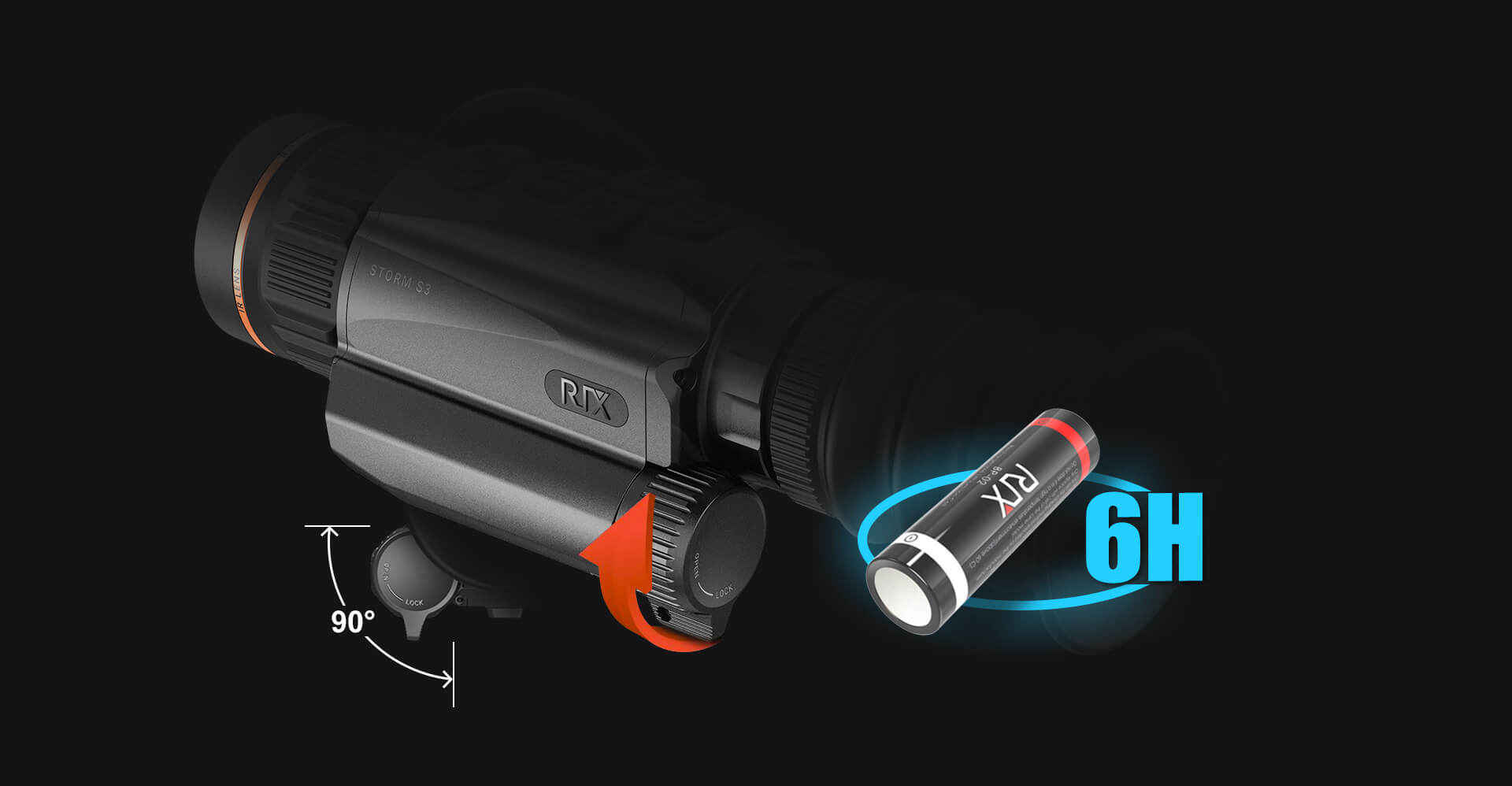Thermal imaging technology has revolutionized various fields, and its application in search and rescue operations is particularly noteworthy. A thermal scope is an essential tool that enhances the efficiency and safety of these critical missions. This article delves into the diverse applications of thermal imaging technology in search and rescue operations, providing a comprehensive understanding for a global audience.

Understanding Thermal Imaging Technology
Thermal imaging technology detects infrared radiation emitted by objects and converts it into a visible image. This capability allows thermal scopes to identify heat signatures, making them invaluable in low-visibility conditions. But how exactly does this technology work? And what makes it so effective in search and rescue operations?
The Mechanics of Thermal Scopes
A thermal scope uses a special lens to focus infrared light emitted by objects in its field of view. This light is then scanned by a phased array of infrared-detector elements, creating a detailed temperature pattern known as a thermogram. The thermogram is converted into electrical impulses, which are processed to produce a visual image. This process enables rescuers to see through smoke, fog, and darkness, identifying heat sources that are otherwise invisible to the naked eye.
Applications in Search and Rescue Operations
Thermal imaging technology has a wide range of applications in search and rescue operations. Let's explore some of the key areas where thermal scopes make a significant impact:
- Locating Missing Persons: Thermal scopes can detect the body heat of missing individuals, even in dense forests or rugged terrains.
- Disaster Response: In the aftermath of natural disasters, thermal imaging helps locate survivors trapped under debris or rubble.
- Night Operations: Thermal scopes are crucial for night-time search and rescue missions, providing clear visibility in complete darkness.
Real-World Examples
Consider the Thermal Scope 123, a product renowned for its high-resolution imaging and durability. This device has been instrumental in numerous successful rescue missions. Additionally, the Thermal Scope 456 offers advanced features such as real-time video streaming, which enhances coordination among rescue teams.
"Thermal imaging technology has saved countless lives by providing rescuers with the ability to see through obstacles and locate individuals in distress." - Search and Rescue Expert
Advantages of Using Thermal Scopes
The advantages of using thermal scopes in search and rescue operations are manifold. These devices not only improve the efficiency of rescue missions but also enhance the safety of rescuers. By providing clear visibility in challenging conditions, thermal scopes reduce the time required to locate and rescue individuals, thereby increasing the chances of survival.
Enhanced Safety and Efficiency
Thermal scopes allow rescuers to navigate hazardous environments without putting themselves at unnecessary risk. For instance, during a wildfire, a thermal scope can help identify hotspots and safe paths, ensuring that rescuers avoid dangerous areas. Furthermore, the ability to detect heat signatures from a distance enables rescuers to plan their approach more effectively.
Conclusion
In conclusion, thermal imaging technology, particularly through the use of thermal scopes, plays a pivotal role in search and rescue operations. Its ability to detect heat signatures in low-visibility conditions makes it an indispensable tool for rescuers worldwide. As technology continues to advance, the applications of thermal imaging in search and rescue will undoubtedly expand, further enhancing the efficiency and safety of these critical missions.
For more information on thermal scopes and their applications, check out this video demonstration.








